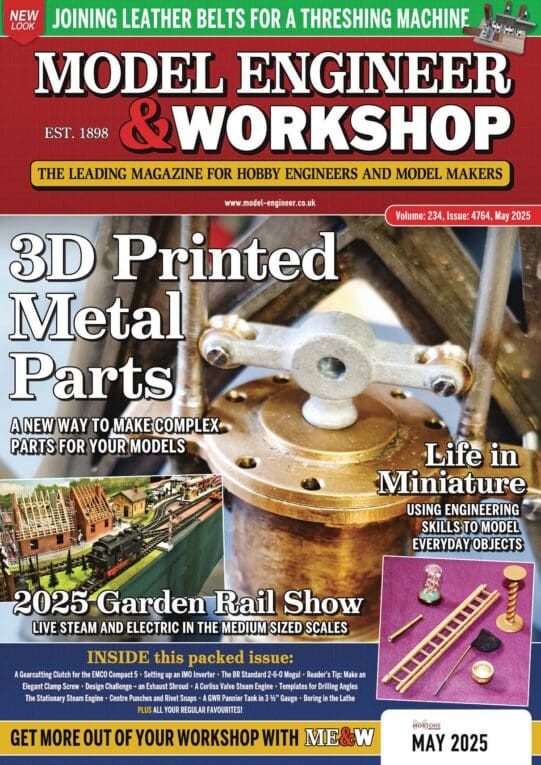I’d say you aren’t going to sort things properly without going the whole nine GHT yards.
Although the work involved may seem daunting at first sight always remember that it’s invariably faster and easier to roll up your sleeves, say “I’m gonna do a proper job.” and get stuck in than it is to fiddle and futz about trying a number of things. Usually with similar results to Jerome K Jerome’s riverine adventurers at tea time.
One day I’ll learn to take my own advice!
Which means :-
1) Clean out the casting where the gib goes ensuring that the top and side meet in a clean sharp angle. With no itty bitty divots that will prevent proper seating of the gib. In the days when I did slide re-furbs I undercut the corner slightly with a hacksaw blade to ensure the gib seated cleanly.
2) Verify that the gib is naturally straight. If necessary de-burr edges.
3) Check the clearance between gib, casting and slide. If you have more than about 20 thou / 0.5 mm, less than 10 thou / 0.2 mm would be better, ideal is sliding fit bin the gib and get something that fits. It’s never er going to work as well as it should with excess clearance. If you re going to thais much trouble you want it right, don’t you. for our purposes the material isn’t critical beyond being reasonably hard, straight and of true thickness. Gauge plate is teh gold standard but brass or decent sheet steel will work fine. Last slide I did got a bit of zintec steel for the gib because it was a sweet fit with a bout a thou of clearance.
4) Now for the important bit. You must get this right. Clamp the gib firmly and accurately in place with the top fully home in the junction between side and top of the casting. This may take some creativity. Using the slide and clamping it sideways is effective, it’s the way I did top slides, but your parts may be too large.
5) Use a centre drill through the adjuster screw holes to create clean conical holes in the gib, don’t worry about the point going right through.
6) Drill close to one end for a dowel to locate the gib. I saved the rollers out of a couple of dead needle bearings for this sort of thing.
7) Obtain some new adjuster screws. Best would be ball ended type but I’m not up to speed on any supplier today but a loose ball bearing pushed by an ordinary cup ended grub screw will be fine.
The screw pressure transmitted to the gib from the ball ends or balls acting in the conical holes tends to push it upwards onto the bottom of the dovetail slot in the main casting. Obviously a vastly more stable set-up than simply resting on the adjuster screw points as per standard. But clearly the vertical movement possible without geometric upset is very small so its most important that the gib be well seated when drilling the holes.
8) Open up the dowel hole in the gib to make a nice, shake free sliding fit.
9) Ensure everything is clean, apply plenty of way lube and re-assemble without the screw fitted.
10) Slide things backwards and forwards numerous times as you carefully adjust the screws to find the best settings. Things will settle a touch but it’s worth taking the trouble now to get things right as then they won’t need touching for ages. If ever. I never counted but I’d be unsurprised if I did approaching 60 reciprocations when doing a re-furb.
11) Re-fit screw and job done.
The one total show stopper is if the male and female dovetails are not parallel. Never seen such but it is possible on an inexpensive machine where making it at a price the customer can afford seriously limits the amount of checking that can be done so not quite right parts that still fit can make it through assembly.
Clive
SillyOldDuffer.













